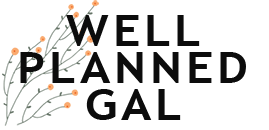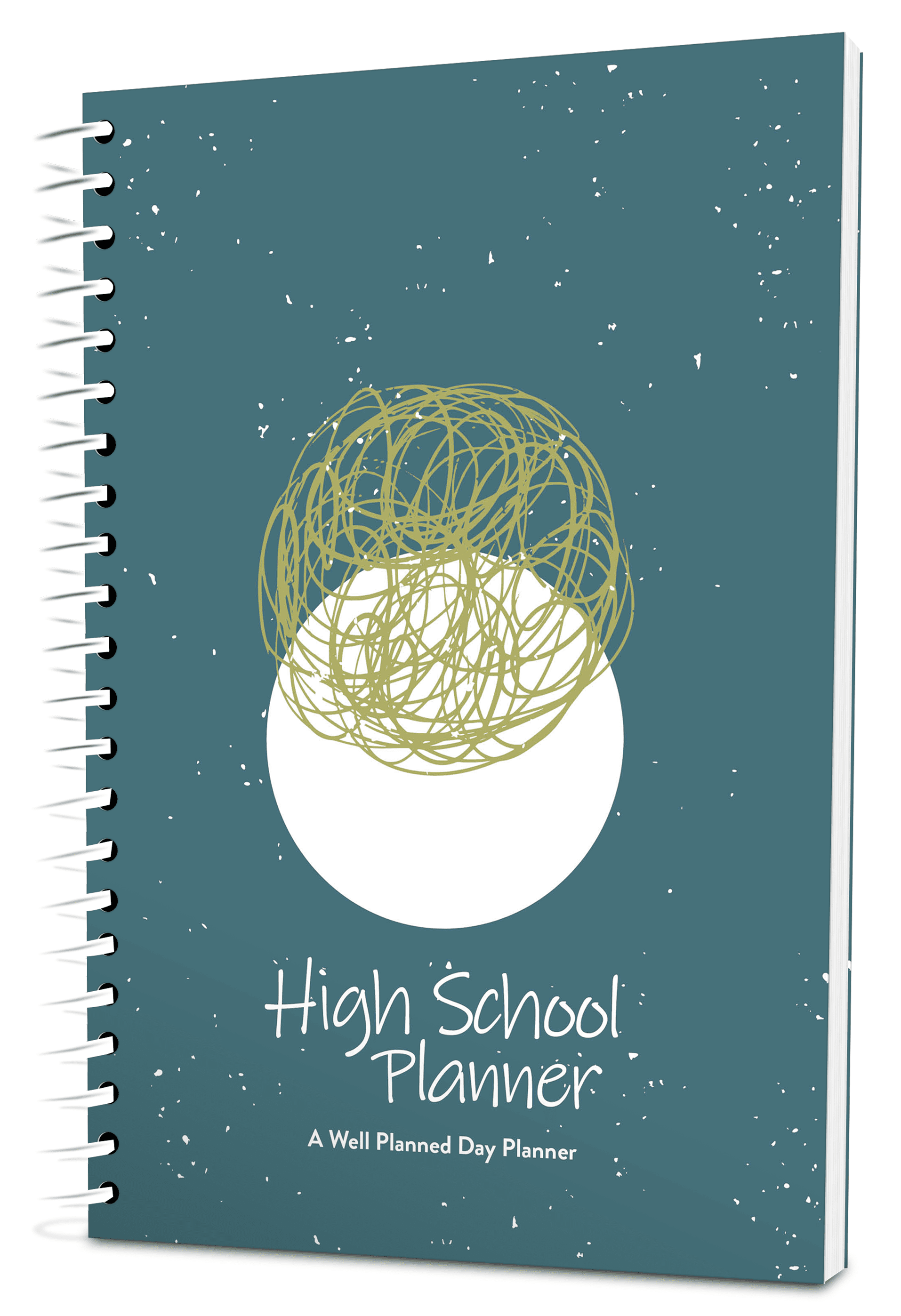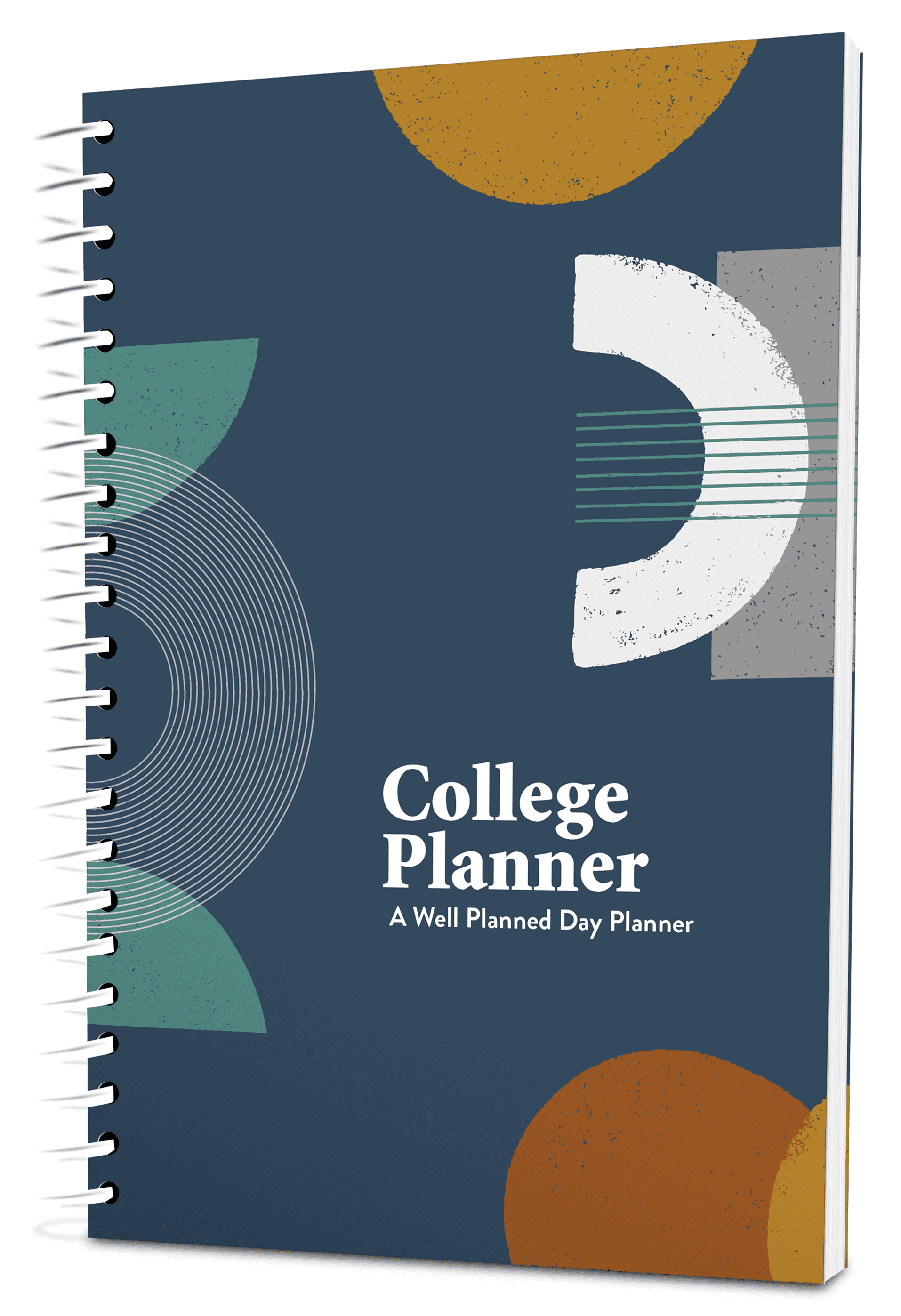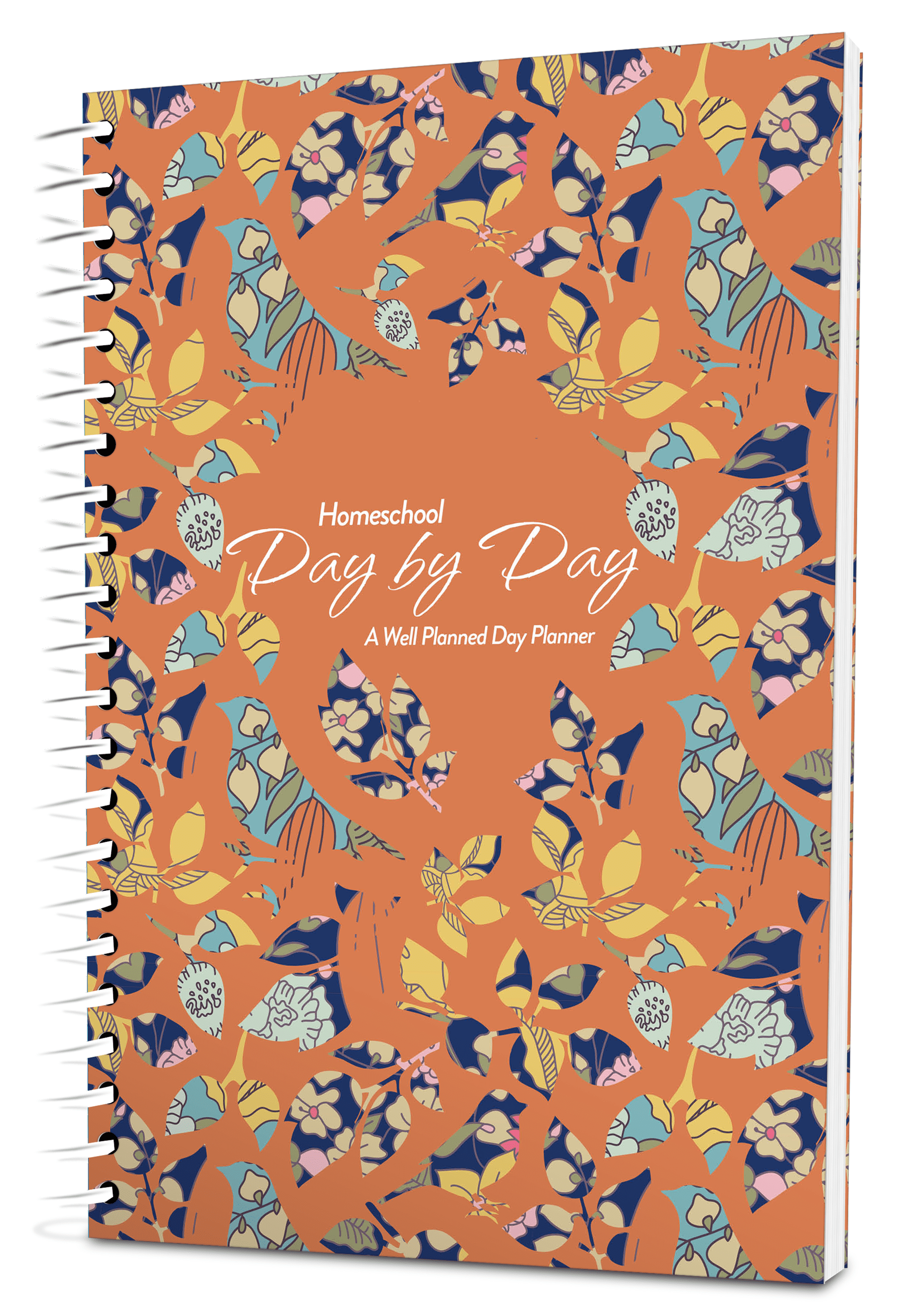I’m not a big fan of textbooks.
There. I said it. I think that giving a kid textbook before high school may be some sort of cosmic brain trust crime. And I’m not just talking about science. I grew up on history textbooks that took amazingly exciting events, then distilled and regurgitated the information till it was little more than dates and something like wah, wah-wah, wah-wa-wa-wa. (Tip o’ the hat to Charlie Brown.)
Not only were there amazing books of fiction, non-fiction, and biography that could have enlivened our studies, there was all the stuff written by people who were actually there (otherwise known as primary documentation) that could have been read. (Tip o’ the hat to the Notgrass History program that actually incorporates all these elements exceptionally well.)
So back to science.
In our twenty or so years of homeschooling, if we didn’t use textbooks till high school, how did I wind up with such science-loving kids? How did one fall in love with engines and combustion (the current “project” in our garage bay bears testament), while another is finishing up her senior year of getting a college degree in chemistry? How? By doing science, rather than reading about it.
We did fun and interesting sciencey things all the time.
- We raised earthworms in a giant tub in our dining room, feeding them food scraps and coffee grounds, till we unfortunately let the medium get too dry, and they made a massive exodus across my dining room floor. Then we found them a happy home in the woods — great lesson in environmental humidity requirements.
- We learned about animal tracks, and hit the woods to find examples, sometimes making plaster casts.
- We caught tadpoles and garter snakes and ants and butterflies . . . pretty much anything that paused long enough to be snagged by a child with a net.
- We learned about water tension with pepper-topped milk, which was thrown violently to the sides with a single drop of soap.
- We learned about high pressure clearing the skies by making “clouds” in a two-liter bottle and then squeezing the sides really hard.
- We learned about physics by building a trebuchet.
- We learned about the chambers of the heart by creating a heart and body on the driveway and having the kids “be” blood as they worked their way through the circulatory system.
- We attended raptor shows and rescue centers.
- We learned about the digestive system by creating a giant crawl-through version in our house, complete with a final exit that was pretty exciting.
- We created a lung model with a stretched balloon acting as the diaphragm to inflate the lungs.
- We did unit studies on bees, birds, beavers, and astronomy.
- We went on loads of field trips to factories, farms, aquariums and animal preserves. (Mt. St. Helens was a great one.) FYI: behind-the-scenes tours are the best for learning the cool stuff.
You get the idea.
We learned by doing. We learned by going.
We basically saw science as a giant playground. This approach to doing science encouraged questions. Any question of why or how that arose was attacked, studied, tracked down, experimented upon and fleshed out till some new understanding emerged.
So, you might wonder, am I talking you out of buying science things? (All the science vendors hold their breath . . . ) On the contrary.
We were happy to include science stuff in our school budget, but it was more likely to include things like dissectible owl pellets, rock tumblers, really good microscopes (one lower powered for dissection, one higher powered to see the really tiny stuff), models of dinosaurs, a very cool electric circuitry board, a game and a song teaching the elements in the periodic table, a butterfly house and larvae, videos, videos and more videos (including LOTS of Magic Schoolbus), a telescope, mushroom growing kits, sciencey computer games, plush toys made to look like various microbes (our favorite was the e coli. So cute!), a magnet that would pretty much pull out your metal teeth fillings, and lots more.
When we did buy books they tended to be about a specific topic (crows, weird weather events, the technology behind finding the Titanic) or loaded with experiments to amaze and astound.
I’m not saying you should never buy a textbook, but it shouldn’t be the lifeblood of your program. Use it more to sort of pull concepts together. Reading about science is okay for some of the time. For the other 95% of the time, just have a blast doing science.
There’s a big playground out there just waiting to be explored.














